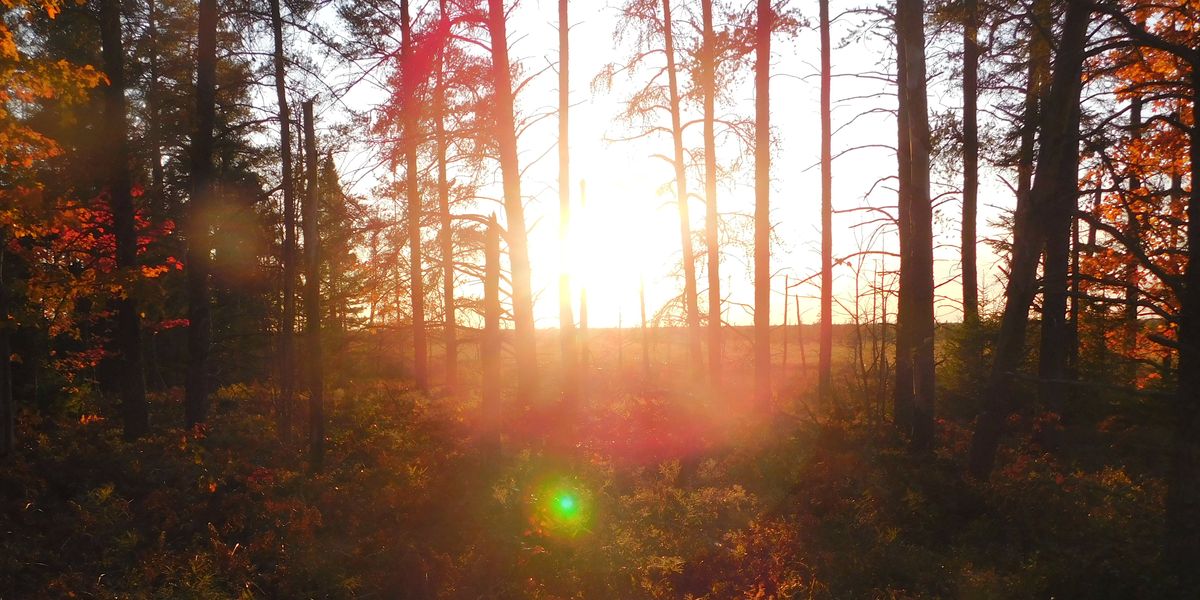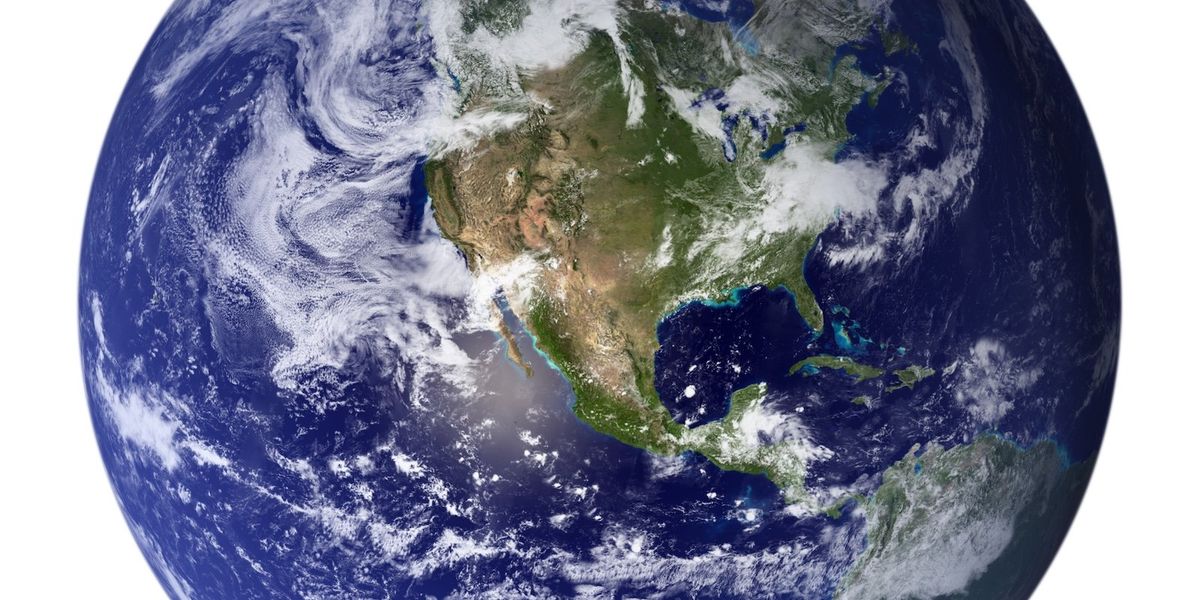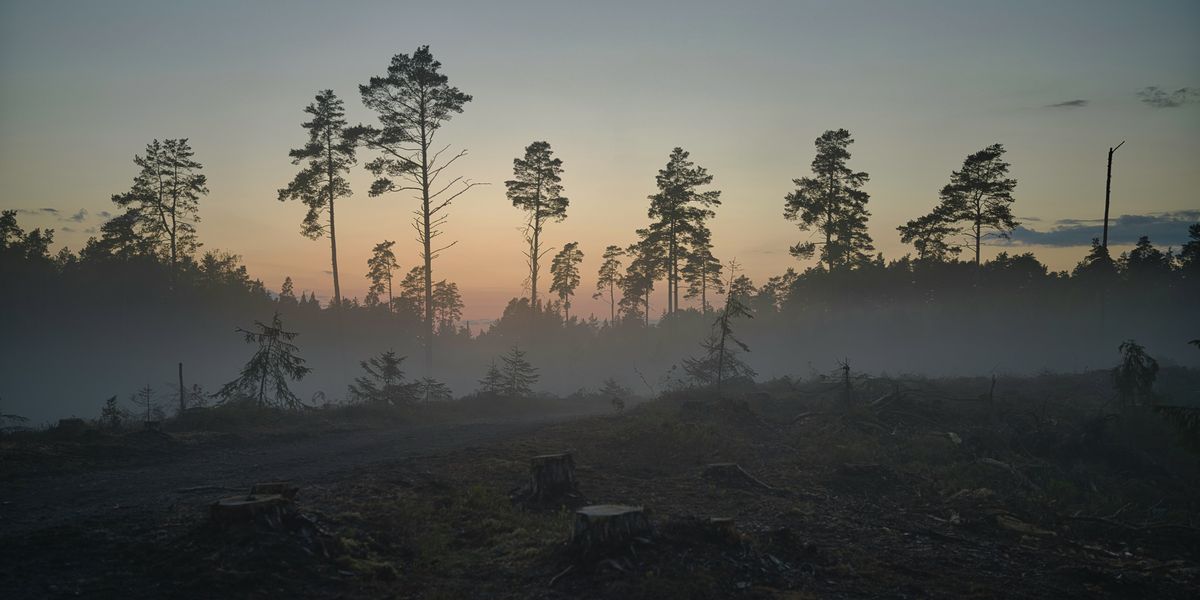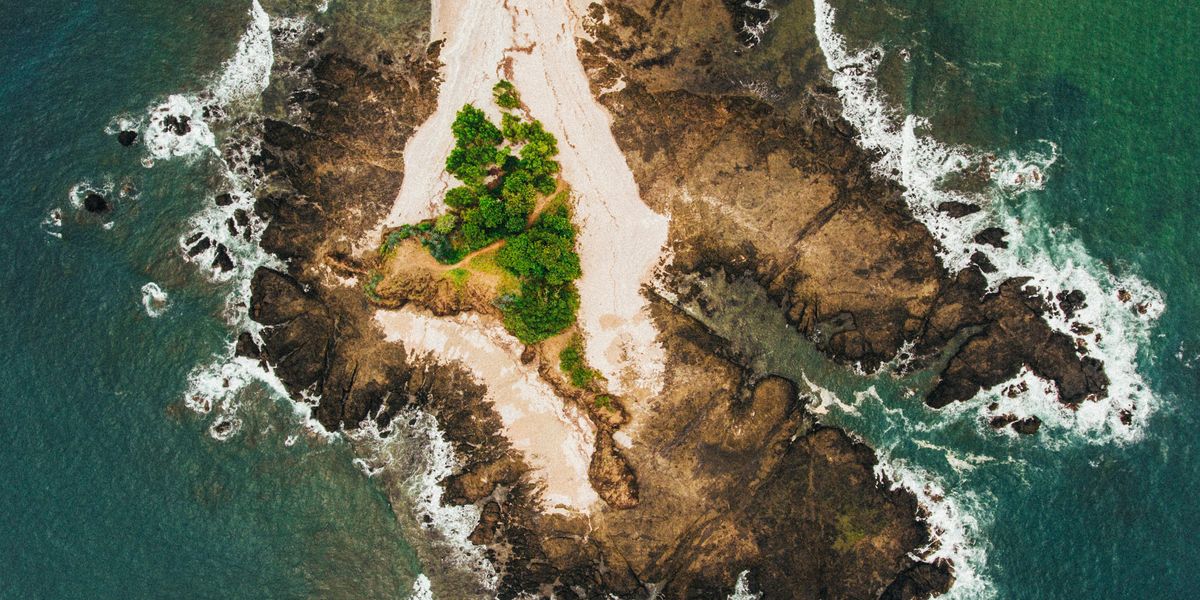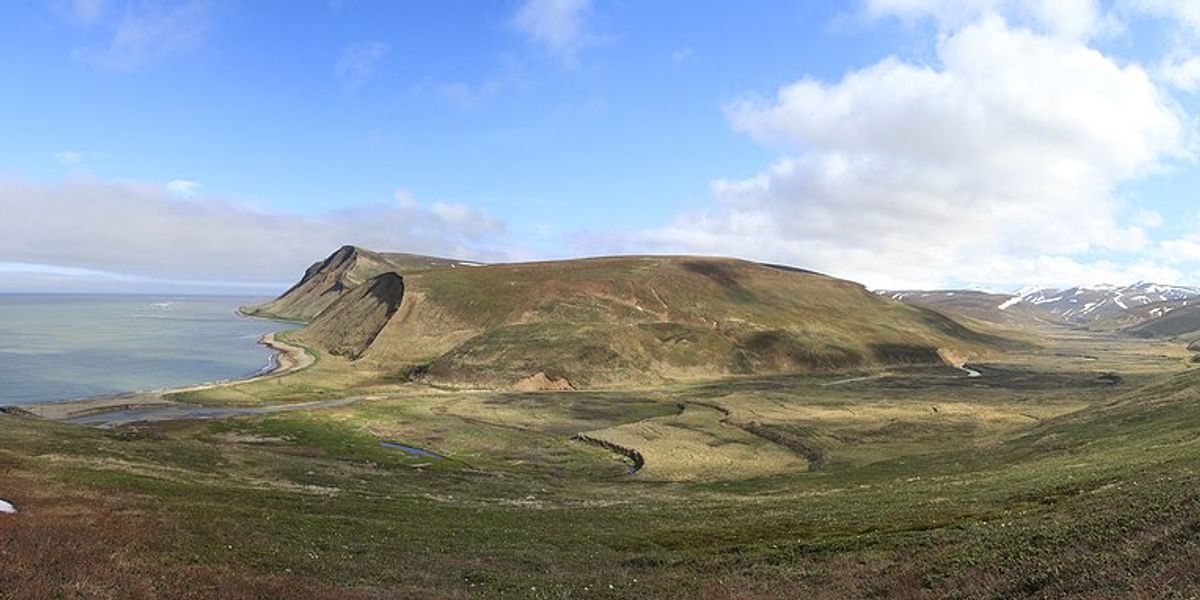
The best environmental (sort-of) summer reading list of 2018
Our staff's top recommendations
It's become an annual tradition for our staff to put together a summer reading list for the 4th of July—and part of the tradition is really bending on what's an "environmental" book.
We deal with this problem simply — whatever our team is reading or wants to recommend makes the list. We can wrestle with the "what's environmental" question the other 364 days of the year putting together our free morning newsletter, Above the Fold (which you can—and should—subscribe to here!)
So whether you're hitting the beach, out in the backcountry, or curling up at home, here are some book recommendations from our staff. Enjoy!
Brian Bienkowski’s pick
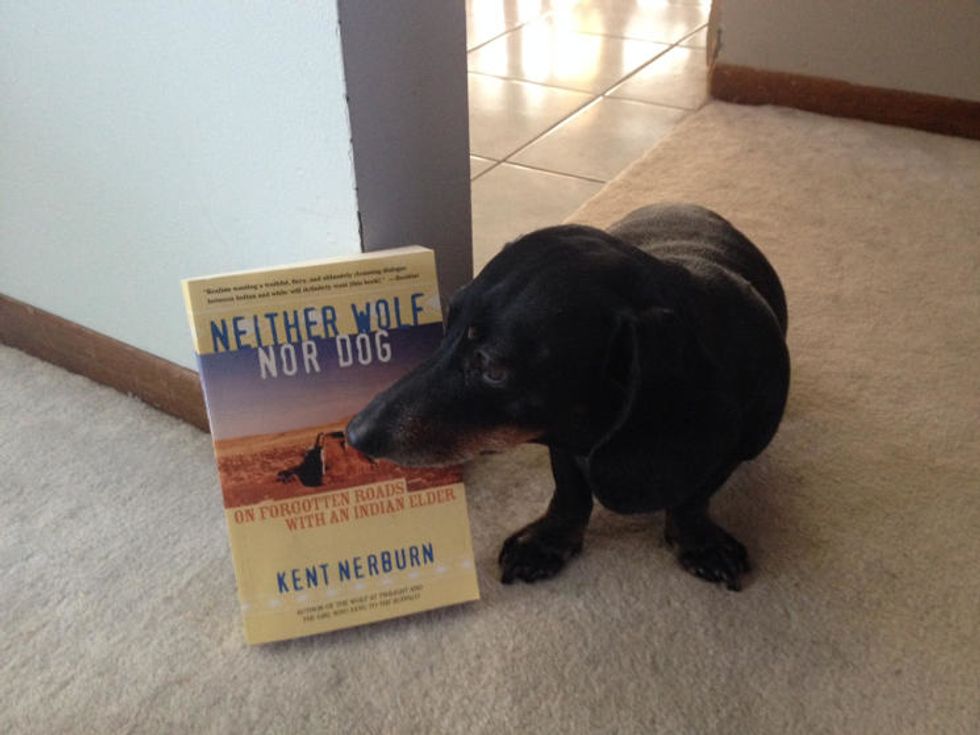
Bienkowski's dog Louie seconds the recommendation.
Neither Wolf Nor Dog, by Kent Nerburn
OK so this book is more than 20 years old. But I don't care—it's good and you should read it.
Author Kent Nerburn, who is white, uses real events to tell the story of his meeting and travels with a Lakota elder named Dan. He roadtrips with Dan and his friend Grover—and gets an unflinching look at the modern Native experience.
When asked about whether it was a fiction or nonfiction book by Oregon Public Radio, Nerburn said:
"…I was walking on a knife edge the whole time, because it is neither fiction nor nonfiction, it's neither wolf nor dog. It is a true teaching story using real people, real events, real scenes, real occurrences of which I was a part. So I was really the receptacle. I was the recipient, and hopefully I was the conduit."
The book—and the trip it documents—isn't always comfortable. Dan speaks honest about racial injustice and cultural repression—like this passage on how history is taught:
"It's like before you came here, we didn't exist. You won't believe anything we tell you unless you can dig up some pot or arrowhead. Then you put it in a lot of machines and put chemicals on it so you can know when it was made, and then you say, 'Now we know about it. Now we know what happened.'
"I can come to you and tell you what my grandfathers told me, and that's not history unless the chemicals told you the same things."
I love this book. Nerburn approaches storytelling from a place of humility and doesn't sugar coat dialogue, characters or reservation life.
I can't think of a more appropriate time to revisit Nerburn's classic as our country deals with swelling racial divisions and information continues to be consumed in silos.
Neither Wolf Nor Dog offers the lasting lesson that listening, understanding and empathy can go a long way is building bridges and healing wounds.
Kristina Marusic’s picks
The Hate U Give, by Angie Thomas
This part isn't fiction: On June 19, another unarmed black teenager was killed by police—this time in Pittsburgh, PA, where I live. His name was Antwon Rose, and he was shot three times in the back. During the days of protests that followed, many of which were led by Rose's young classmates, my thoughts turned again and again to the 2017 book The Hate U Give.
The debut novel from Angie Thomas is narrated by a 16-year-old girl who witnesses the fatal shooting of her unarmed childhood best friend at the hands of white police officers. The all-too-familiar story makes national headlines and sparks riotous protests. When it becomes clear that the local police force has no interest in investigating the shooting, the protagonist is faced with the terrifying decision of whether to speak out about what she saw and risk retaliation, or hold onto the safety of anonymity.
While the subject matter in The Hate U Give is heavy, there are also bright moments of humor, joy and resilience throughout, and Thomas has developed a narrator whose voice compels the reader to finish The Hate U Give all in one sitting. It's an important literary exploration of one of the most pressing issues of our time that provides both catharsis and inspiration for action.
Amity and Prosperity, by Eliza Griswold
In Amity and Prosperity, poet and journalist Eliza Griswold shares the true story of a family whose home became too toxic to live in as a result of fracking in a rural southwestern Pennsylvania town.
"If I had my choice, I wouldn't send them to jail," Stacey Haney, the mother of the family at the center of Amity and Prosperity, says of the industry leaders responsible for making her kids sick. "I'd send them to my house to live."
While chronicling the family's quest for justice (and good health), Griswold also reveals the impact the natural gas boom has had on the town overall within the context of the region's long history of energy extraction, investigating the true cost of cheap energy.
In an excellent Q&A with Allegheny Front, Griswold recently explained, "What the book is really about is what it has meant to a collection of rural Americans to pay for the energy appetites of urban Americans, and how that experience has deepened the divide between rural and urban."
Douglas Fischer's (and Georgianna’s) summer reading list
Rancher, Farmer, Fisherman, by Miriam Horn
Here's a good beach read—actually, five—as Miriam takes us on trip down the Missouri and Mississippi rivers to experience some of the most consequential environmental conservation work underway in the country.
She tells these success stories through five conservation heros, and she starts high in the "Crown of the Continent" on Montana's Rocky Mountain Front, snug against the glacier lilies and gurgling brooks of Glacier National Park. She begins with rancher Dusty Crary and his effort to graze cattle in habitat shared with wolves and grizzlies. Following the Missouri, she stops at the Knopf Family Farm outside of Salina, Nebraska, where Justin Knopf employs industrial farming to reculture his soil.
On the Big Muddy, Horn catches up with Canal Barge CEO Merritt Lane and his work to make the nation's cargo highway compatible with natural river flows.
The Mississippi's flows carry Horn to the Louisiana bayou and finally to the deep waters of the Gulf of Mexico, where she tags along with shrimpers and snapper fishermen. In each case, she finds conservation gains won via collaboration, empathy and compromise.
"I'm an optimistic person," Merritt Lane tells her. "I believe in abundance, gratitude: That you can bring out the better good in someone if you give them opportunity…. We've got to legitimately hear other people's point of view."
A lesson for our age.
Unsafe at any meal, by Dr. Renee Joy Dufault
This short read (160 pages, minus the references) starts as a whodunnit that cuts a little too close to my pantry.
In 1999, Dr. Dufault started as a public health service officer at the U.S. Environmental Protection Agency. Her job: ID and clean up toxic messes left behind in research labs undergoing closure. When she found puzzling amounts of mercury, a potent neurotoxin, in every drain, she started asking questions. Those questions steered her to a ubiquitous chemical process that contaminated not just research chemicals but also common food additives—food coloring, citric acid, high fructose corn syrup—with the dangerous metal.
Her book is a sobering read, but Dufault does an admirable job making pesticide data and gene expression grippingly relevant. If you're wondering why we're not paying more attention to food supply and regulation as chronic disease conditions and healthcare costs skyrocket, this is a summer read for you.
Climate Church, Climate World, by Jim Antal
Religion today feels simplistic, dumbed down, in the headlines for all the wrong reasons—whether it's Attorney General Jeff Sessions citing Romans 13 or President Trump offering more "thoughts and prayers" at the latest mass shooting.
Stop and pick up this principled, sophisticated, scriptural treatise on religion for a new moral era. For Antal—theologian, leader of the Massachusetts Conference United Church of Christ, environmentalist since the first Earth Day in 1970—has work for us to do.
"People of faith have been a crucial part of social change from America's beginnings," fellow activist and author Bill McKibben writes in the preface, "and we must stand up here—or sometimes, sit down in front of pipelines and frack wells."
"Church can be behind bars."
Dig Too Deep, by Amy Allgeyer
You need a book to draw your teen out of Fortnite and Snapchat, right?
I came to a full stop when Amy Allgeyer's "Dig Too Deep" appeared on the kitchen counter earlier this year: My 16-year-old daughter, reading about mountaintop removal coal mining?
So I asked Georgi if she'd recommend it to another teen. She offered up this synopsis:
"Dig Too Deep" is a young adult novel following 17-year-old Liberty Briscoe in Washington, D.C. After police arrest her mother for a violent political protest, Liberty moves in with her grandmother in small-town Ebbottsville, Kentucky. There she finds the town taken over by a mountaintop removal mining company. With the townspeople falling to a mysterious illness, the well water colored an alarming shade of orange, and city officials avoiding the problems, Liberty decides to take matters into her own hands.
There's a lot to be angry about in the world right now. Liberty has to overcome that anger - at her mom, the environmental destruction she's witnessing, the complacency of Ebbottsville residents, the coal company's power, her grandmother's failing health. In doing so, Liberty shows how to channel such anger into energy that brings change to an entire community. I highly recommend it.
Heather Mongilio’s picks
The Disappearing Spoon, by Sam Kean
The world is made up of two things: elements and stories. In his first book, author Sam Kean combines the two, telling stories about the people behind the elements.
Chemistry was never my strong suit, but Kean's book shines new light on elements and breaks them down, to their protons, neutrons and electrons. In between learning new facts about the periodic table, you'll learn what is considered the longest word, more about famous scientists and fun facts that will likely save you the next time you play trivia.
And make sure to read Kean's notes section. It's full of more fun facts delivered with humor. And if you like this book, check out Kean's other work, including "The Tale of the Dueling Neurosurgeons," a personal favorite of mine that explores different ailments and diseases of the brain.
Behave, by Robert M. Sapolsky
I have a confession to make. I have only read bits and pieces of this book, but it is on my summer reading list. And it might take all summer to read.
In his latest book, Sapolsky explores why people behave the way they do, looking at the brain, environmental factors and hormones to find an explanation. And while behavior is an overwhelming topic to take on, Sapolsky breaks it down, making it extremely easy to understand.
With everything going on in today's world, a better of understanding of why people resort to violence or choose to act in a certain way should probably be required reading.
At 675 pages, not including the appendices, the book is a bit more than light reading. But it shouldn't discourage you from picking up Sapolsky's latest book.
Laura Pyle's pick

Last Child in the Woods: Saving our children from nature-deficit disorder, by Richard Louv
"The child in nature is an endangered species, and the health of children and the health of the Earth are inseparable."
The benefits of nature are known to most in the environmental field, but Richard Louv, who coined the term 'nature deficit disorder' in Last Child in the Woods, brought it to the attention of the greater parenting community. The book's central message is that as children grow more and more disconnected from nature their health - physical, emotional, spiritual - suffers.
The book explores the increasing divide between the natural world and the young (well, really, all of us), and warns that our cultural inclination to turn nature into more of an abstraction for kids today has very real consequences - such as a rise in depression, obesity, attention disorders.
I have cherry-picked my way around the book over the years since my kids were born, calling upon specific chapters for distinct parenting moments.
Wondering if I was doing my kids a moral disservice by going hiking on Sunday mornings instead of church, Louv's chapter on the spiritual necessity of nature for young children reminds us that moments of transcendence, faith, and awakening are not confined to formal religious institutions, and early, direct experiences in nature can cultivate profound reverence and respect for the divine.
When the preschool my husband and I were considering proudly boasted of their students' meticulous handwriting skills, the book's chapter on the growing body of evidence linking children's direct exposure to nature with healthy childhood development was a driving factor for us to search elsewhere for a more play-based, outdoor-focused curriculum.
It took a three-day Internet service outage for me to give Last Child in the Woods the cover-to-cover attention it deserves. It isn't always easy, or appealing, to connect with nature but this engaging, masterful resource that will stop you from wallowing in guilt for all the times you stuck a child in front of a screen - and motivate you to intentionally unplug. Bonus: the updated version has a list of 100 practical suggestions if you're short on ideas. Read Richard Louv's Last Child in the Woods, then pass it to an educator, a neighbor, your local school board member - let's not have this generation of kids be the last ones in the woods.
Fiona The Hippo, by Richard Cowdrey
This soon to be released children's book is worth a mention even if you don't have young kids.
Fiona is a real hippopotamus, arguably the most well-known, most adored hippo in the world. She is the first Nile hippo to be born at Ohio's Cincinnati Zoo in 75 years, and a darling of the internet. Born six weeks early, the world watched closely as zookeepers painstakingly monitored Fiona's fragile health and cheered her on (#TeamFiona!) as she struggled to survive.
Illustrated by NYT best-selling artist Richard Cowdrey, the book is a playful depiction of Fiona's successful health outcome and a refreshing change from much of the sobering news we encounter at EHN, full of color and optimism on every page. Readers of any age in need of an uplifting tale of determination and perseverance will enjoy Fiona the Hippo.
P.S. If you love the news services EHN provides and you're also interested in news about animal welfare, check out The Humane Rescue Alliance's news site - aggregation content brought to you by the EHN Research team!
Peter Dykstra's picks

Eager to read: Eager: The surprising, secret life of beavers, and why they matter.
While working in Washington, DC in 2009-2011, I became fascinated with a years-old, hundred-yard-long beaver dam in Northern Virginia's Huntley Meadows Park. It's a beautiful suburban refuge visited by thousands of humans that's largely been engineered by overachieving rodents. I look forward to reading Ben Goldfarb's new book to help satisfy my gnawing curiosity.
Eager to re-read: The Population Bomb
Paul Ehrlich is among the most celebrated environmental writers of our time. In certain quarters, he's also among the most reviled. I'd love to re-read The Population Bomb 50 years after its publication to see how well it stands up. Spoiler alert: Dr. Ehrlich and his uncredited co-author and wife, Anne Ehrlich, would like everyone to re-read it, too.
What are you reading? We'd love to hear from you. Email us at feedback@ehn.org, or, better yet, post them to our Facebook page!


 Credit: Jonathan Weiss/Big Stock Photo
Credit: Jonathan Weiss/Big Stock Photo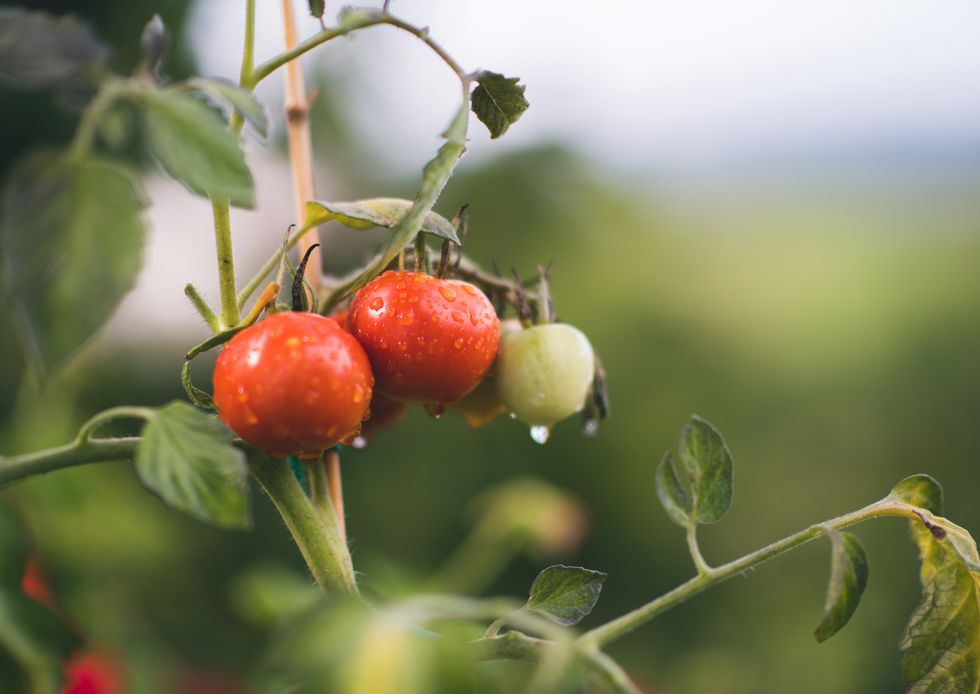 Credit: 🇸🇮 Janko Ferlič/Unsplash
Credit: 🇸🇮 Janko Ferlič/Unsplash